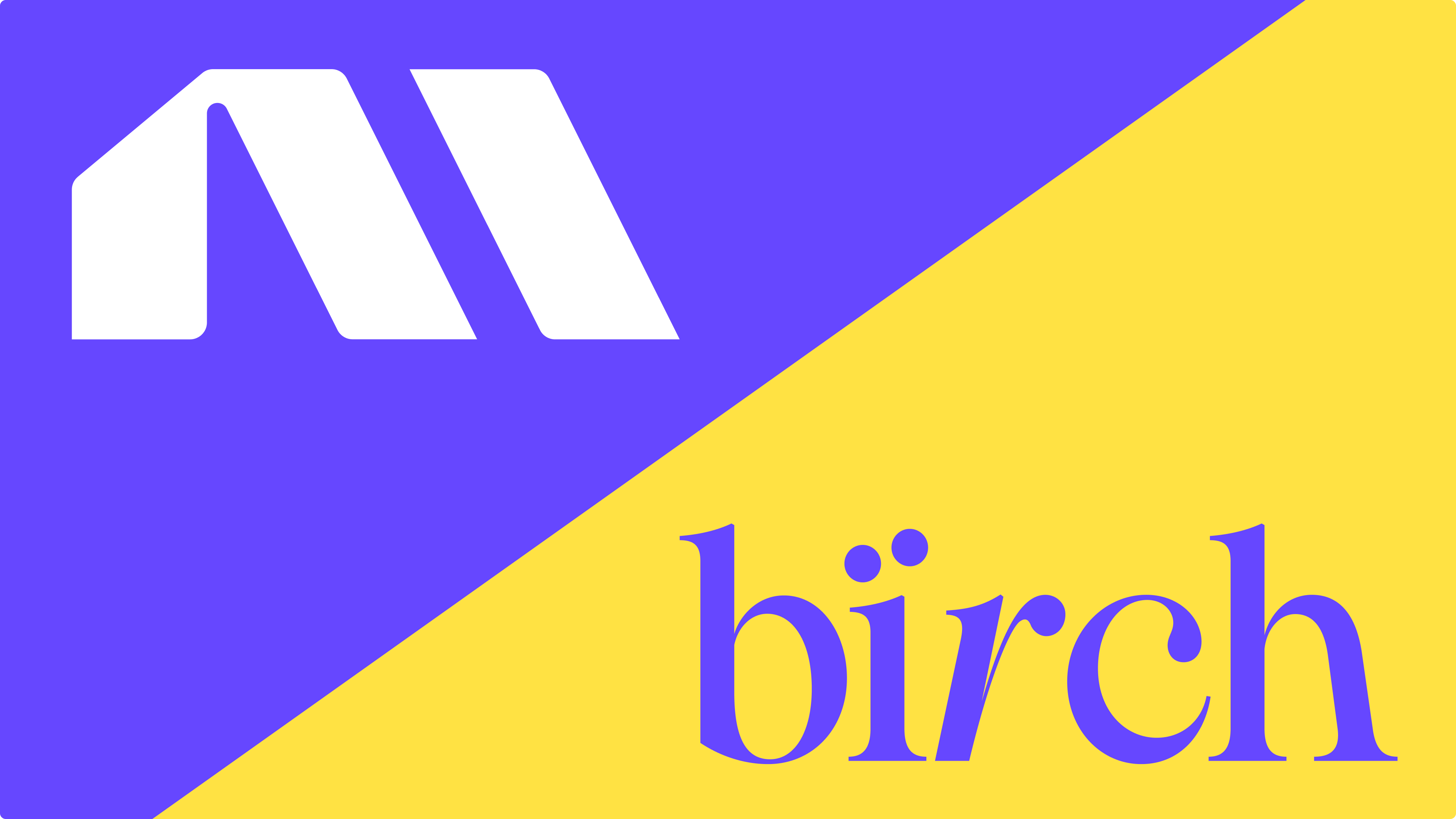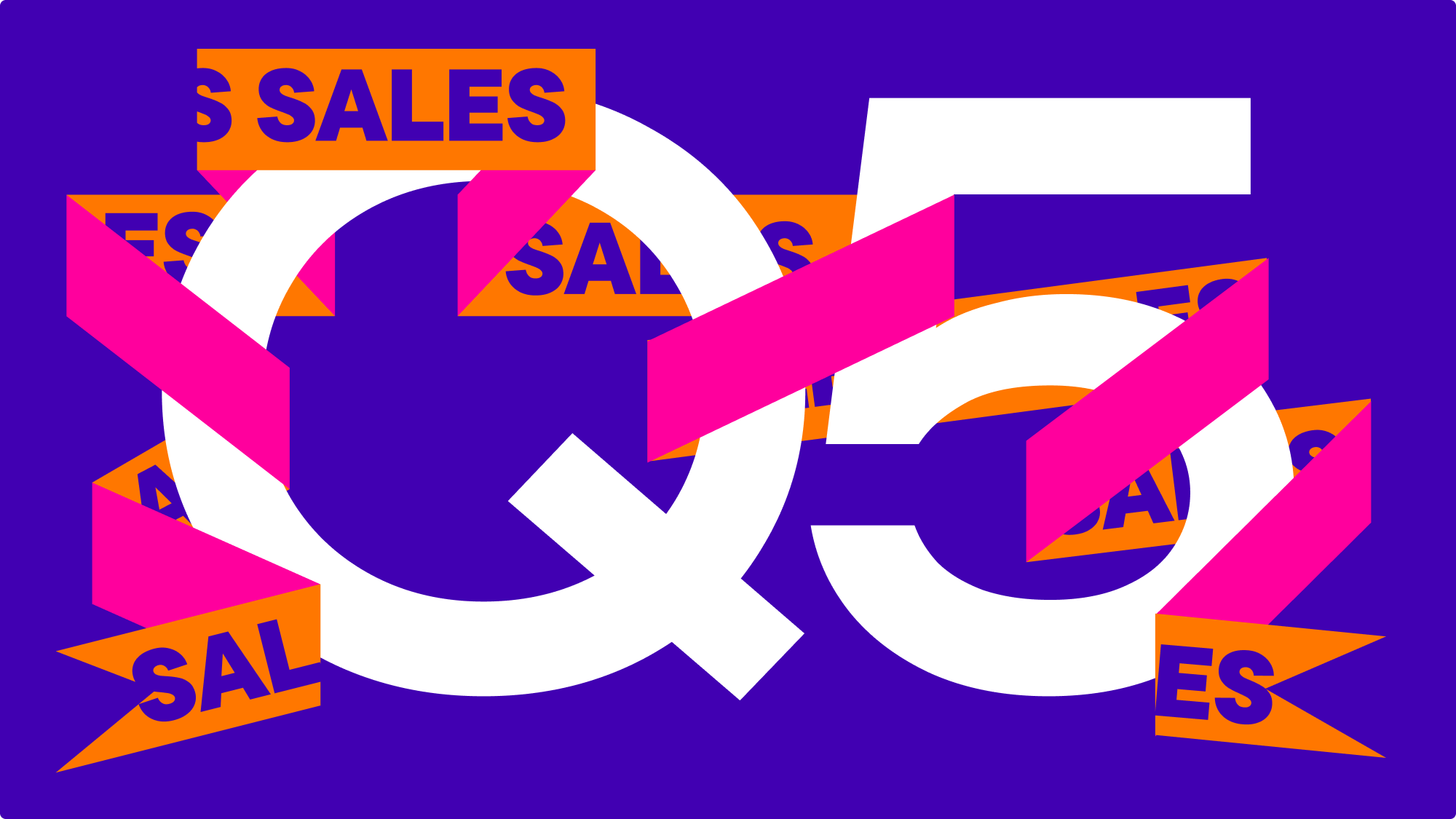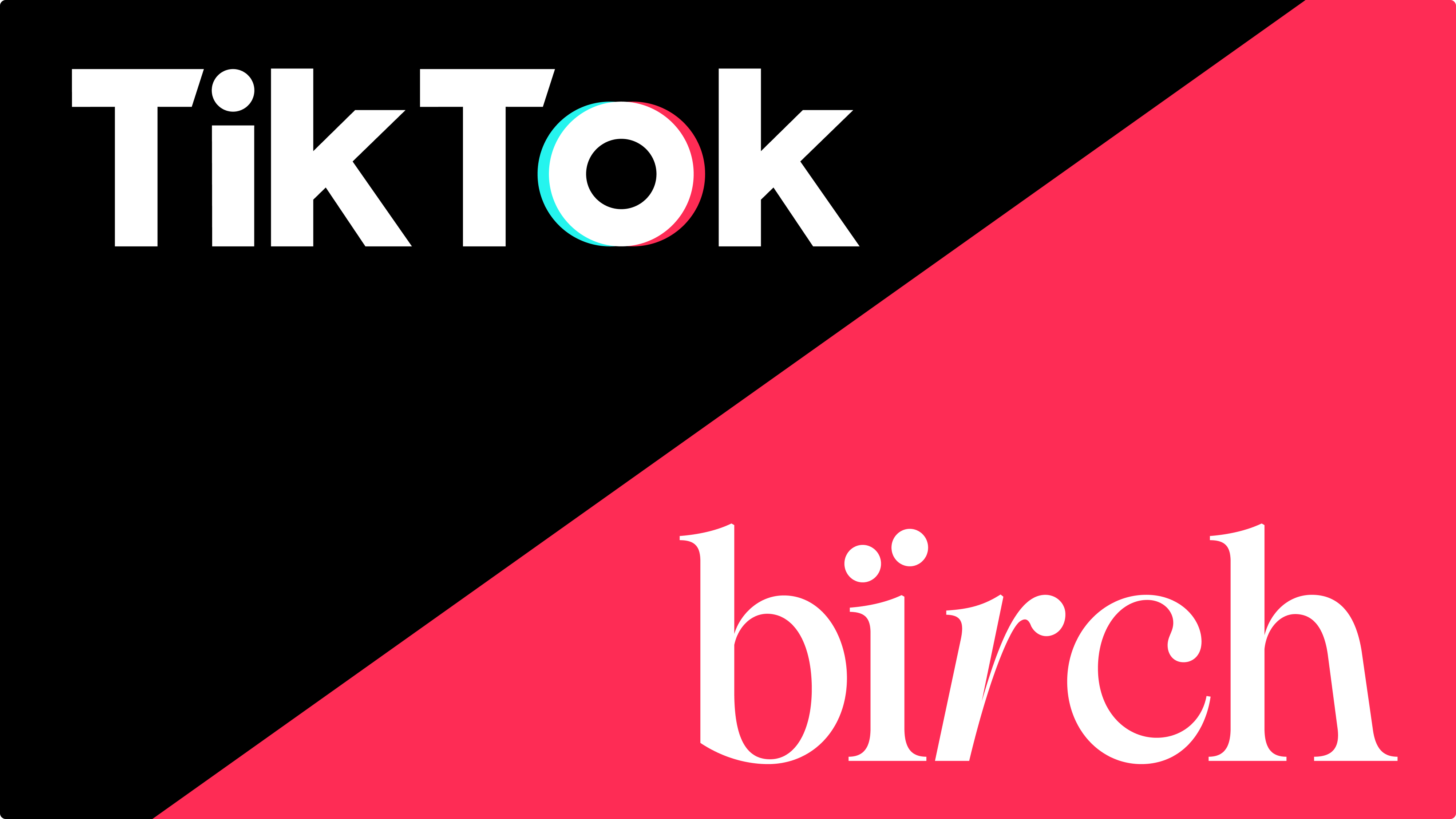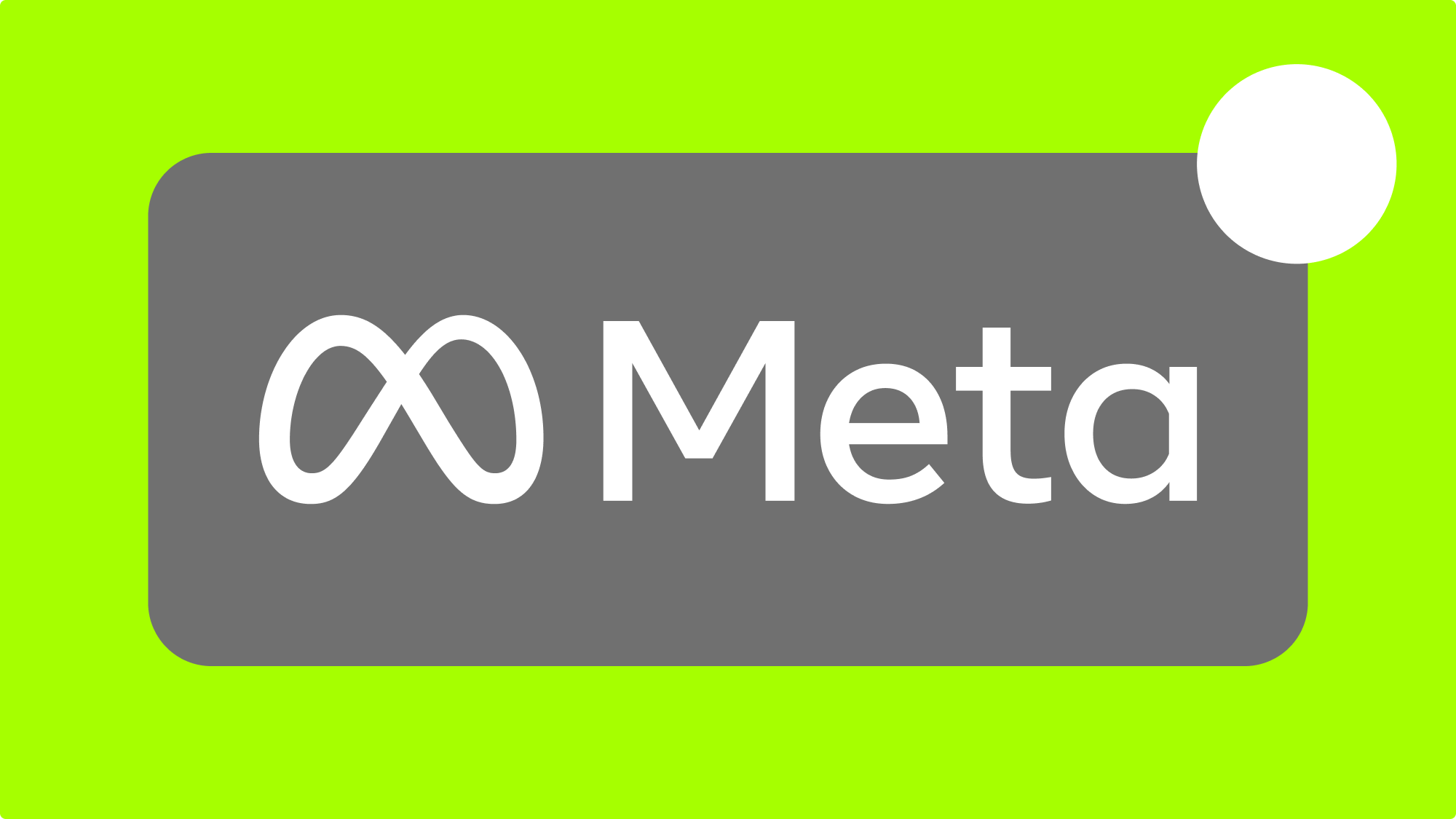A well-crafted naming convention provides powerful ways to filter and group reports, improves analytics, and gives granular control over what gets affected by automations.
Creating an effective and easy-to-use convention is all about being deliberate of what to include and even more deliberate — of what to exclude.
For example, if you work with large product catalogs you may want to add a product category variable. On the other hand, if you are a one-product company, that’s completely useless.
In this article, we collected some of the best practices and supercharged them with experience of Revealbot’s own marketing department to give you ready-to-use naming examples for Google Ads.
And to help you build on them and adapt to your case, we included an infographic of the most popular targeting and product variables. (Scroll to the end to view it).
Naming campaigns
Standard practice is to include only those variables that help differentiate campaigns with different settings. Some common ones are:
- Campaign type: S/GDN/YT/Shopping/UAC/Discovery
- Geo
- Language
- Bidding type: CPM, CPC, CPV, tCPA, tROAS, PPA
- Optimization goal: ProductPage, AddToCart, Lead, SignUp, Purchase etc.
Also, Google Ads has six campaign types: videos, search, display, discovery, shopping, and app. You can include the campaign type in your naming if it’s a search targeting goal. The result will look something like revealbot_tof_search_CPM.
Campaign naming examples:
- S_US_EN_CPC_Purchase
- GDN_CA_FR_CPA_AddToCart
Naming ad groups
Naming ad groups is all about the targeting goals.
Search
There are two types of targeting:
- Keywords. We group them by landing pages (landings are usually dedicated to product categories, so there will be 1 group of keywords for each landing page).
- DPO (dynamic search advertising). This is automatic targeting by keywords, where an algorithm automatically selects keywords relevant to the website's content.
For example, imagine that you’re working with a perfume subscription company. They have two landing pages: one for Perfume and one for Cologne. In this case, the Search campaign will have only 3 groups:
- Perfume
- Cologne
- DSA
But what if they’re a huge company with 500 separate perfume landing pages? Then, you’re forced to create a dedicated ad group for each brand or landing page. As a result you will have 500 groups, each of which will contain a keyword in the title.
Google Display Network and YouTube
There are five targeting types for these placements:
- Social demographics: gender, age, income level, parental status
- Audiences: Prospecting (in-market, custom intent, lal) or Retargeting (customer match)
- Keywords
- Placements: specific venues and publishers or videos on YouTube
- Topics: publishers grouped by topic
Thus, globally, all traffic in groups can be divided into:
- Prospecting/Retargeting: P/R
- Gender: (when there are different landings for genders) M/W/UG (Unknown Gender or UG can be combined with W)
- Targeting: placements (PLMs), keywords (KWDs), audiences (INTs), topics (TOPs)
- Product category: Perfume/Cologne/Candles/Body Wash, etc.
Ad group naming examples:
- P_W_INTs_Perfume
- P_M_KWDs_Cologne
- R_M_7d
- R_W+UG_180d
The full list of variables:

Clarity, consistency, and conciseness
Unnecessary complexity and inconsistency make naming confusing. There is no use having a convention that will quickly have you scratching your head, trying to decipher abbreviations. Here are a few tips to avoid this:
- Use industry-standard abbreviations
- Avoid adding more variables than necessary
- Stick to consistent sequencing
Start with global variables like gender and move towards local variables, like product names.
A common practice is to use the underscore (_) or a hyphen (-) to denote variables. You can also use spaces ( ) and combine them with other symbols, like so: ( _ ).
Wrapping up
Thoughtful naming will inevitably make your life a lot easier. You will be able to spot trends faster, group ad sets for analysis more effectively, and target automations by ad set or campaign name with extra precision.
The trick is to keep it simple. Choose beforehand what variables you absolutely need and cut the rest mercilessly. Trying to provide for all possible scenarios only leads to unreadable and confusing naming.
A well-crafted naming convention provides powerful ways to filter and group reports, improves analytics, and gives granular control over what gets affected by automations.
Creating an effective and easy-to-use convention is all about being deliberate of what to include and even more deliberate — of what to exclude.
For example, if you work with large product catalogs you may want to add a product category variable. On the other hand, if you are a one-product company, that’s completely useless.
In this article, we collected some of the best practices and supercharged them with experience of Revealbot’s own marketing department to give you ready-to-use naming examples for Google Ads.
And to help you build on them and adapt to your case, we included an infographic of the most popular targeting and product variables. (Scroll to the end to view it).
Naming campaigns
Standard practice is to include only those variables that help differentiate campaigns with different settings. Some common ones are:
- Campaign type: S/GDN/YT/Shopping/UAC/Discovery
- Geo
- Language
- Bidding type: CPM, CPC, CPV, tCPA, tROAS, PPA
- Optimization goal: ProductPage, AddToCart, Lead, SignUp, Purchase etc.
Also, Google Ads has six campaign types: videos, search, display, discovery, shopping, and app. You can include the campaign type in your naming if it’s a search targeting goal. The result will look something like revealbot_tof_search_CPM.
Campaign naming examples:
- S_US_EN_CPC_Purchase
- GDN_CA_FR_CPA_AddToCart
Naming ad groups
Naming ad groups is all about the targeting goals.
Search
There are two types of targeting:
- Keywords. We group them by landing pages (landings are usually dedicated to product categories, so there will be 1 group of keywords for each landing page).
- DPO (dynamic search advertising). This is automatic targeting by keywords, where an algorithm automatically selects keywords relevant to the website's content.
For example, imagine that you’re working with a perfume subscription company. They have two landing pages: one for Perfume and one for Cologne. In this case, the Search campaign will have only 3 groups:
- Perfume
- Cologne
- DSA
But what if they’re a huge company with 500 separate perfume landing pages? Then, you’re forced to create a dedicated ad group for each brand or landing page. As a result you will have 500 groups, each of which will contain a keyword in the title.
Google Display Network and YouTube
There are five targeting types for these placements:
- Social demographics: gender, age, income level, parental status
- Audiences: Prospecting (in-market, custom intent, lal) or Retargeting (customer match)
- Keywords
- Placements: specific venues and publishers or videos on YouTube
- Topics: publishers grouped by topic
Thus, globally, all traffic in groups can be divided into:
- Prospecting/Retargeting: P/R
- Gender: (when there are different landings for genders) M/W/UG (Unknown Gender or UG can be combined with W)
- Targeting: placements (PLMs), keywords (KWDs), audiences (INTs), topics (TOPs)
- Product category: Perfume/Cologne/Candles/Body Wash, etc.
Ad group naming examples:
- P_W_INTs_Perfume
- P_M_KWDs_Cologne
- R_M_7d
- R_W+UG_180d
The full list of variables:

Clarity, consistency, and conciseness
Unnecessary complexity and inconsistency make naming confusing. There is no use having a convention that will quickly have you scratching your head, trying to decipher abbreviations. Here are a few tips to avoid this:
- Use industry-standard abbreviations
- Avoid adding more variables than necessary
- Stick to consistent sequencing
Start with global variables like gender and move towards local variables, like product names.
A common practice is to use the underscore (_) or a hyphen (-) to denote variables. You can also use spaces ( ) and combine them with other symbols, like so: ( _ ).
Wrapping up
Thoughtful naming will inevitably make your life a lot easier. You will be able to spot trends faster, group ad sets for analysis more effectively, and target automations by ad set or campaign name with extra precision.
The trick is to keep it simple. Choose beforehand what variables you absolutely need and cut the rest mercilessly. Trying to provide for all possible scenarios only leads to unreadable and confusing naming.

















